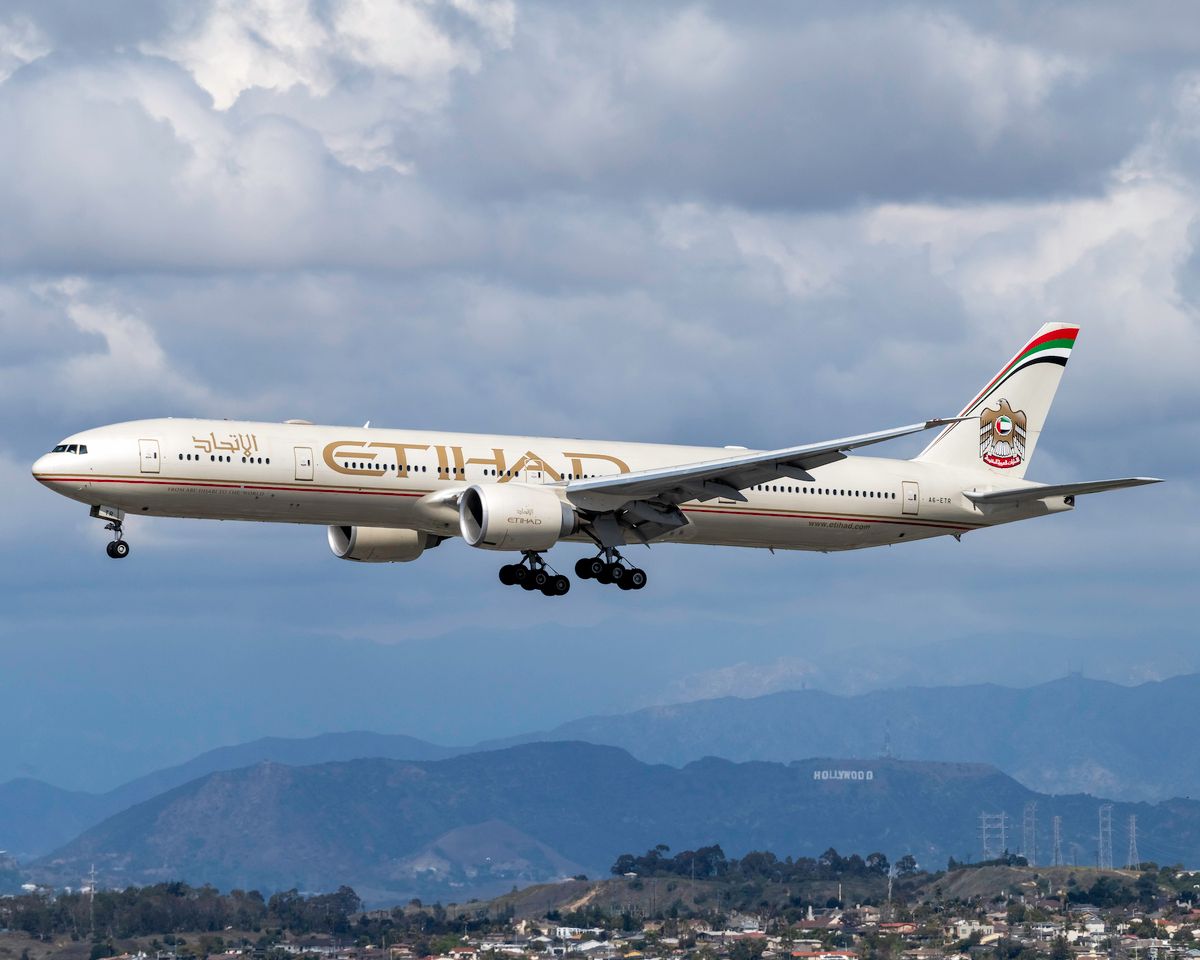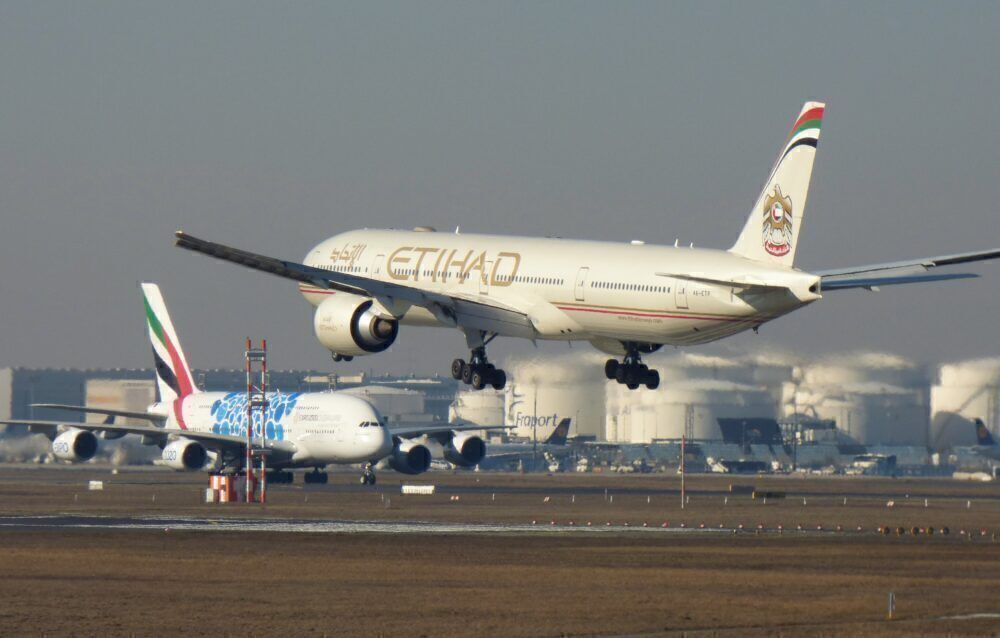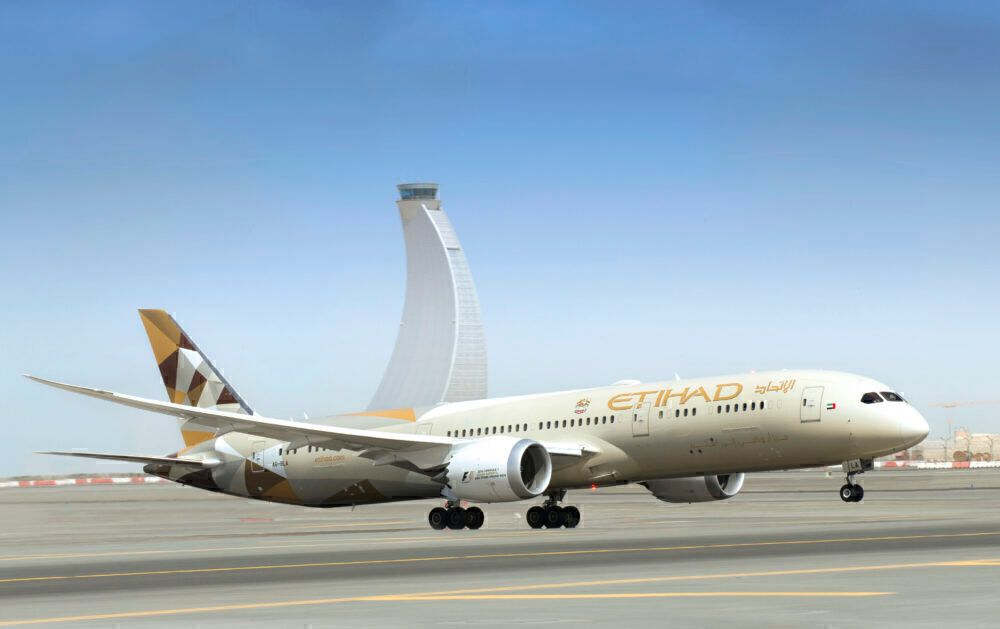Abu Dhabi-based Etihad is in the midst of its most ambitious transformation to date. A key focus for the airline is on fleet simplification, which has already seen the exit of the A330 and A380 from its fleet. Speaking today at the World Aviation Festival, CEO Tony Douglas indicated that, by the end of this year, the 777-300ER will join the ranks of planes Etihad no longer flies.
Goodbye 777-300ER
Etihad is in the midst of a radical fleet shakeup. Having said goodbye to the last of its A330s earlier last year, and with its A380s parked indefinitely, the fleet was already much simplified compared to how it looked a couple of years ago. But Tony Douglas, the airline’s CEO, says it’s not over yet.
Speaking today at the World Aviation Festival, he said that, since the start of the pandemic,
“…we took the decision to exit the A330, and to exit, at the end of this year, the 777-300ER.”
It seems Etihad will say goodbye to the 777-300ER by the end of 2021, leaving it with a somewhat sparse fleet lineup. Its large fleet of 40 787 Dreamliners will be complemented by the incoming A350-1000s, but in terms of widebodies, that will be it.
Altogether, Etihad flew 25 different 777-300ER over the years. Six had already left the fleet in 2016, returning to Jet Airways from where they were leased. Still remaining in the fleet today are 19 777-300ER, delivered to the airline between 2006 and 2014.
These are not old aircraft. The fleet age is an average of 10.4 years, and while a handful are over the age of 15, many are much younger, some just six or seven years old. As such, we can expect at least some of these aircraft to go on to other missions, even if it is as converted freighters.
Stay informed: Sign up for our daily and weekly aviation news digests.
Restructuring on target for 2023
Etihad has been an airline that has long been a traveler favorite for its award-winning cabin service. But it has been accumulating losses for some years, and was forced to rewind its rather ambitious strategy of taking stakes in smaller carriers.
To reset its fortunes, Douglas embarked on a major restructuring program, aiming to return the airline to profitability by 2023, but then the pandemic hit. Rather than forcing the airline to reconsider its restructuring, the impact of COVID has actually accelerated this transformation. Douglas commented,
“Q1 2020 was our best quarter, ever. And then of course the pandemic took $3.6 billion of ticket sales out of us in the following nine months. The positive for Etihad out of all of this is we were already into our transformation process, and we were coming up to halfway through.
"So for us, the old cliche, never waste a good crisis, was something that we focused upon. And we accelerated what was already the momentum that we had.”
With much of Etihad’s transformation focusing on cutting costs, it’s no great surprise that this fits well in the environment of the pandemic. The airline will emerge from 2021 with a smaller but leaner and more efficient fleet, ready to face the new normal in a far stronger position.



